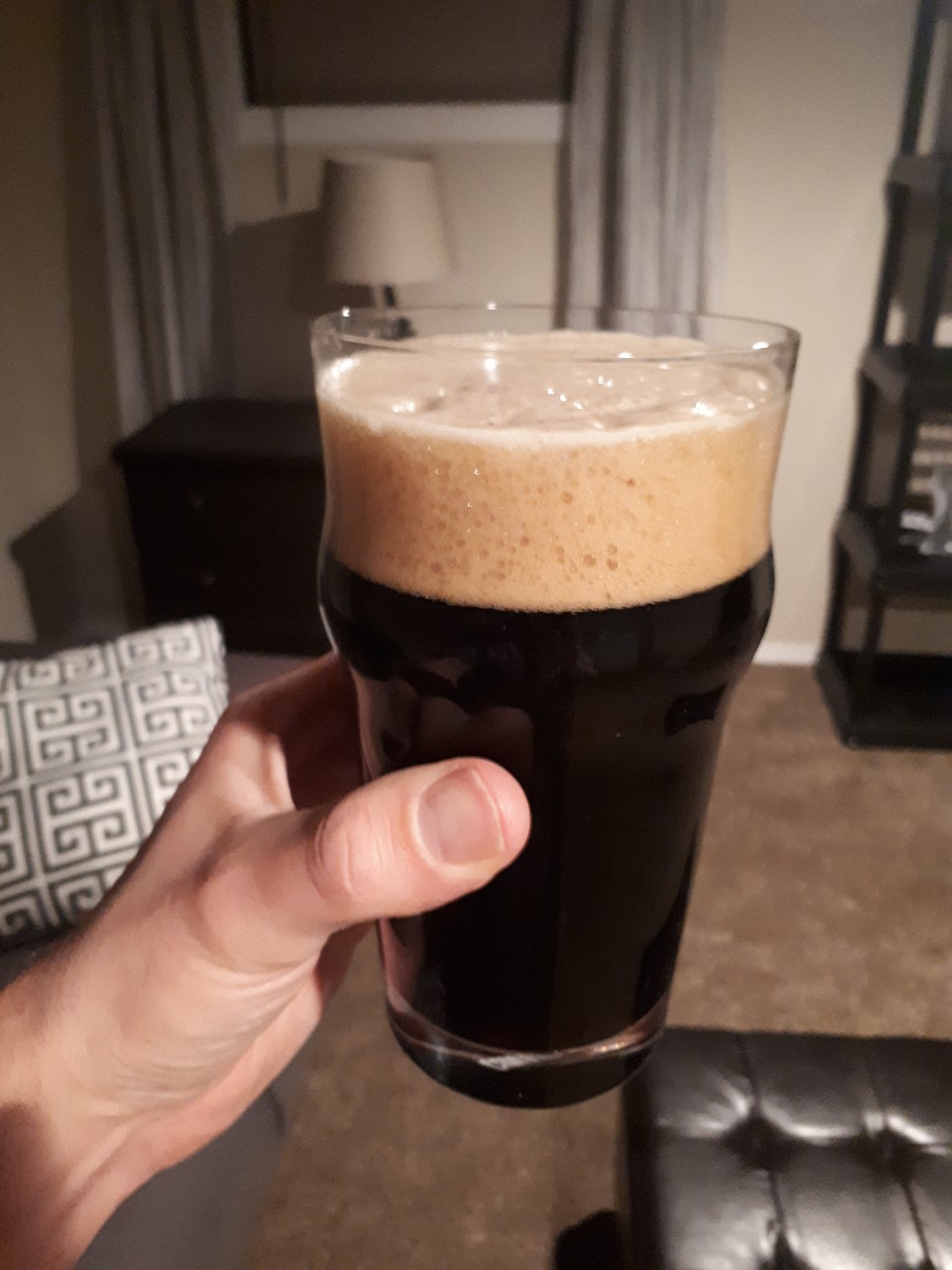Where exactly does Bamforth call out carapils (Breiss) as being foam-negative in particular? While he consistently mentions crystal malts in particular being inhibitory, I've not seen him mention that particular malt in his papers or otherwise. The BeerSmith podcast? That said, we know for a fact that carapils is foam-positive, given its principle components and Breiss analysis: long-chain unfermentable dextrins, non-starch polysaccharides, and proteins. All things that greatly help mouthfeel and foam retention. If you don't believe it, email Bob Hanson.
That said, some malts contain more foam inhibiting compounds than others, including high lipid malts and crystal malts that have already been called out by Charlie. Carapils is not a crystal or caramel malt. Moreover, wheat malt and roasted malts (black malt) are greatly foam positive, as is high kilned melanoiden rich malt. Stuff like flaked oats, barley, and high lipid malts are not. That is to not say their inclusion negates the total benefit of foam positive malts and brewing processes.
While I don't typically use carapils malt, it is not going to inhibit foam in normal usage, nor totally transform a beer with poor foam properties into one with crazy, instagram worth head. Also, I don't put much salt into the Brulosophy trials as they have virtually no control over the things that matter when testing foam; linoleic acid, isohumulone, proper trub/lipid removal, lack of non-divalent salts, proteinase A, and impact of things like gelatin on positive protein content. Food for thought.







![Craft A Brew - Safale BE-256 Yeast - Fermentis - Belgian Ale Dry Yeast - For Belgian & Strong Ales - Ingredients for Home Brewing - Beer Making Supplies - [3 Pack]](https://m.media-amazon.com/images/I/51bcKEwQmWL._SL500_.jpg)





















































